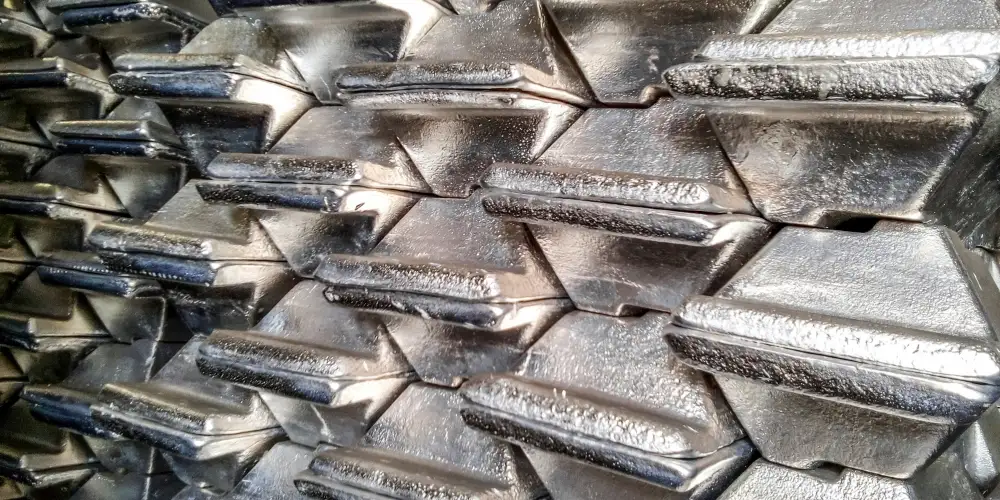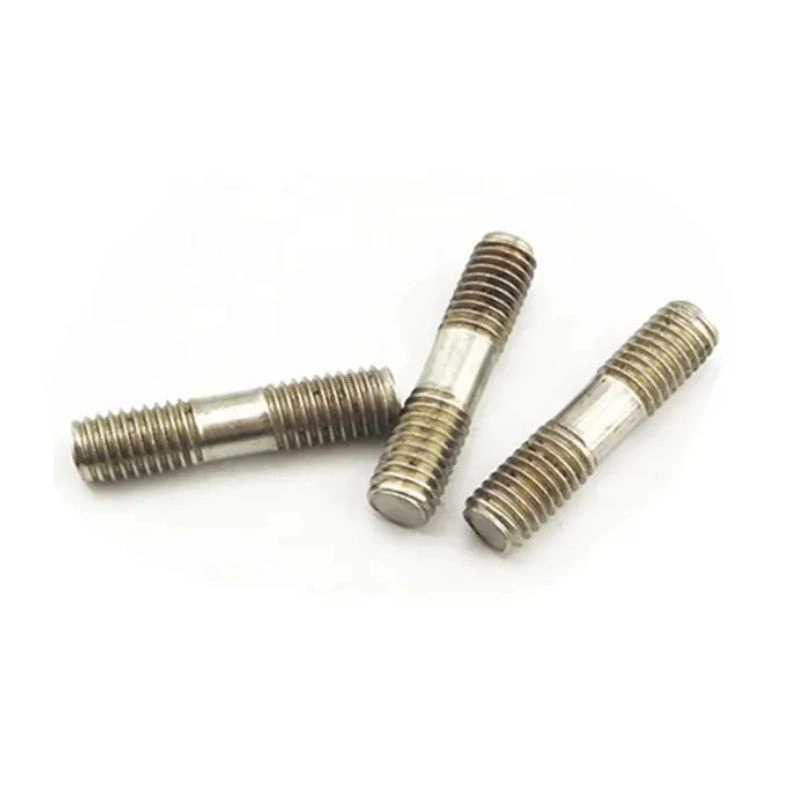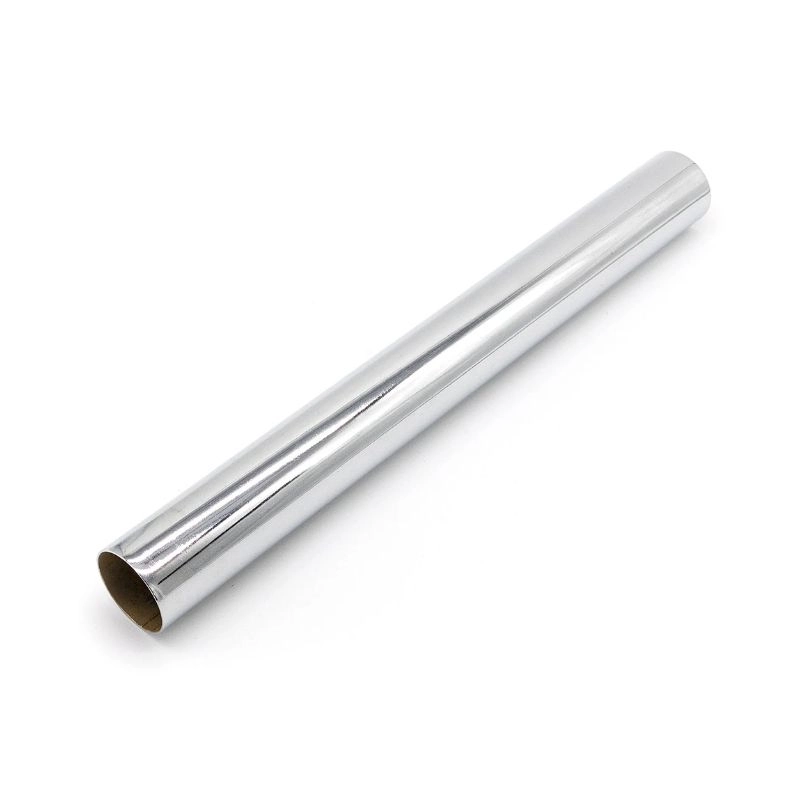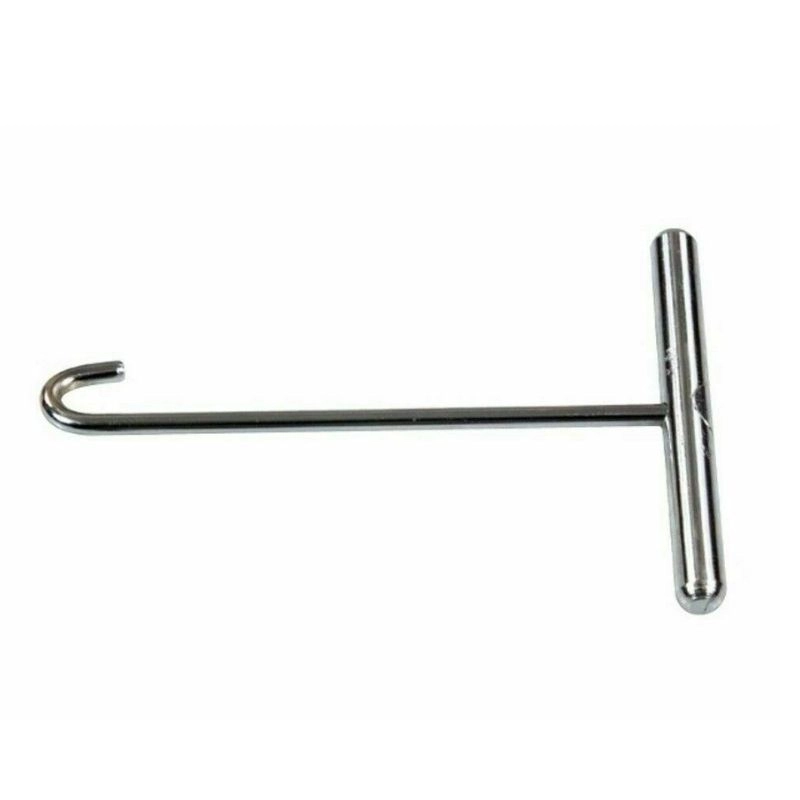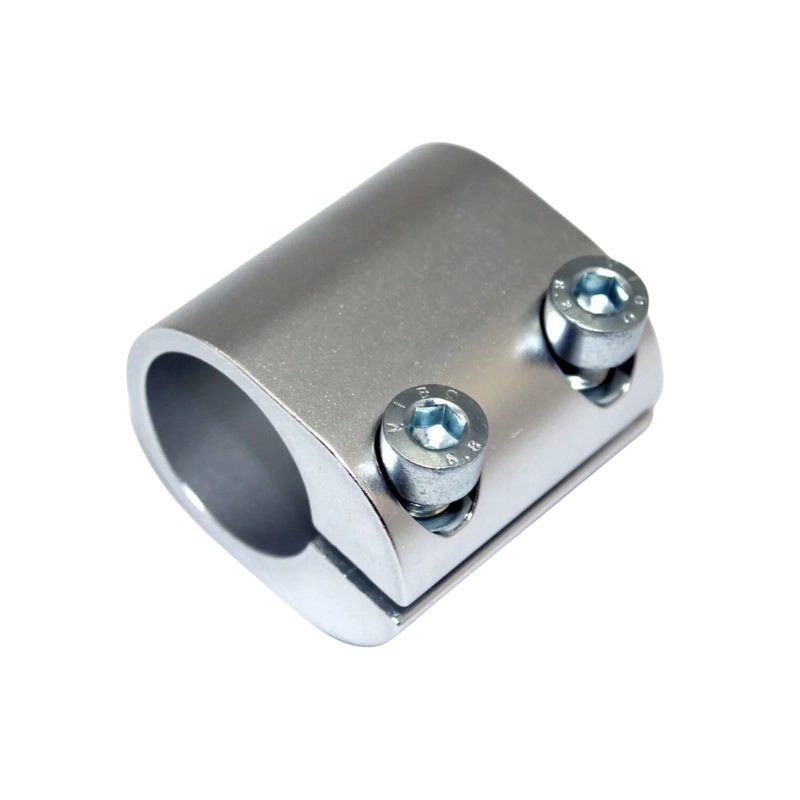Cast aluminum is a form of aluminum that is shaped by melting and pouring it into a mold to create complex shapes. This article will talk about the key properties, alloy families, and different applications across various industries.
Why Cast Aluminum? Key Properties
High fluidity & low melting point:
Cast Aluminum has high fluidity, meaning it can easily fill molds to take on a desired shape. Due to its low melting point, less energy is required for it to transition from solid to liquid form.
Good castability:
With its good castability, the metal can easily fill molds and accurately replicate the dimensions of the desired shape, ensuring consistent results with no flaws.
Thermal conductivity & low density:
Cast Aluminum has fast cooling rates, thanks to its effective thermal conductivity, allowing for materials to be produced in high volumes.
Its low density also allows it to be easily used for different kinds of designs and makes it easy to handle as well. The lightweight prevents structures from being under heavy weight without affecting performance.
Microstructure & mechanical properties:
The microstructure of cast aluminum is formed during its solidification process. There are two phases known as the single-phase structure and the two-phase structure.
In the single-phase structure, primary a-dendrites are formed, which can be controlled to help improve the metal’s mechanical strength.
The two-phase structure can be found in Al-Si(Silumin) alloys, where silicon forms a eutectic structure with the aluminum. This can then be modified with another alloy to improve the metal’s ductility.
Main Cast Aluminum Alloy Families
Cast aluminum is used a lot in different areas because of its good durability and strength. Each alloy family is based on different alloying metals, with aluminum as the predominant metal. Below are some of them:
Al-Si (Silumin):
These are the most widely used of all aluminum cast materials as a result of their low shrinkage when solidifying, their wear resistance, and remarkable fluidity. However, silicon in its natural form can be sharp and brittle. To fix this, small amounts of modifiers such as sodium are added to reduce cracks and make it less likely to fail.
- AlSi10Mg: This alloy consists of about 10% silicon and a little magnesium. It is ideal in areas such as 3D metal printing and regular casting. When heated, small particles of Mg2Si help the alloy to become stronger, which is why it’s used in aircraft and medical devices.
- A356 (AlSi7Mg): This particular alloy has about 7% of silicon and up to 0.5% of magnesium. It is ideal for parts that need to be light and resistant to corrosion. Hence, it is well suited for airplane parts and marine equipment.
A380/A383:
These are mostly used as general-purpose die-casting alloys. The A383 has more silicon and less copper in its composition as opposed to the A380. Both contain iron, which can form brittle compounds unless it is controlled carefully.
High-performance alloys (e.g., 360, A360, 7075, AT237):
High-performance alloys such as these are commonly used in scenarios where materials need better strength and resistance to corrosion. It is suitable for components near the engines of vehicles or enclosures where there is sensitive equipment.
Casting Processes & Alloy Selection
Die casting, sand casting, investment casting, HPDC:
Die casting and HPDC are basically fast, high-volume methods. In this process, the molten aluminum is poured into a metal mold under high pressure. They are best suited for thin-walled, complex structures such as electronic enclosures. The alloys used here need to have fast fluidity and the ability to solidify rapidly, such as the A380 and A383.
On the other hand, Sand Casting is basically a slow, low-volume method. It’s most suited for producing things like engine blocks. The sand molds are usually easy to shape and cheap to produce as well. If this process is to be used, the aluminum alloys need to have good castability and resistance to cracking under high temperatures.
For Investment casting, a ceramic model and a wax mold are used. This is mostly used in aerospace and medical industries to produce small, precise parts of equipment. Since this is used to form complex shapes, alloys used here need the ability to form clean, defect-free surfaces.
Influences on fluidity:
The molten metal’s fluidity is its ability to fill a mold before turning solid. Both the casting process and the alloy used influence fluidity, along with design factors like gating systems and surface oxidation.
- تكوين السبائك: Aluminum alloys with higher silicon content, such as Al-Si alloys, tend to exhibit better fluidity due to their lower melting ranges. Although magnesium and copper improve the strength of alloys, they tend to reduce the fluidity as well.
- Gating System: These are basically networked paths that guide the molten metal into the mold. If they are designed poorly, they can affect how smoothly the molten metal flows before reaching the mold. Also, if they are not properly insulated, the molten metal may lose heat too fast, which can result in an incomplete mold filling.
- Oxide Films: These are small clumps that form rapidly on the surface of the molten metal when it’s exposed to air. These thin clumps can clog narrow channels when they become a lot, preventing the molten metal from flowing well. They can also increase the viscosity of the molten alloy.
Microstructure and defects:
The microstructures formed during the solidification process vary depending on the cooling rate, casting process, or any modifications. Most cast aluminum alloys solidify with dendritic structures. Faster cooling processes, like in die casting, help to create finer dendrites, which are known to improve mechanical properties.
However, there are common defects that can be found in the cast microstructures.
- Porosity: This can be formed when gases are trapped during the solidification process or when there is inadequate feeding of the molten metal in thicker sections, resulting in cavities. It causes the final product to be much weaker than intended.
- Inclusions: These are unwanted solid particles of films that become trapped in the metal during the casting process. Some inclusions can be heated to very high temperatures to dissolve them. However, non-metallic inclusions can be very hard to remove, and these are the most common.
Mechanical Properties of Cast Aluminum vs. Wrought Aluminum
Although cast aluminum is widely used due to its cost-effectiveness, there are some notable differences in mechanical properties when compared to wrought aluminum.
Low Melting Point: Cast aluminum is known to have a low melting point, which makes it more suitable for areas where moderate thermal management is required, unlike wrought aluminum, which requires higher temperatures.
Precision and Tensile Strength: Due to its low tensile strength, cast aluminum tends to be more precise in areas that do not require high strength. On the other hand, wrought aluminum needs to undergo a lot more drilling and grinding before getting a precise part.
Fatigue Resistance: Cast Aluminum’s fatigue resistance is much lower due to porosity and inclusions that affect its strength, leading to premature failure under loading conditions. However, wrought aluminum has a higher and better fatigue resistance due to its clean structure.
مقاومة التآكل: This mostly depends on the alloy composition of the cast aluminum. Alloys such as the A356 are known for good corrosion resistance, but the presence of impurities can still weigh down on the performance. For wrought aluminum, many of them have very good corrosion resistance, thanks to their refined microstructure.
التطبيقات
Automotive & aerospace:
Cast aluminum alloys are very vital when used in reducing the overall weight of vehicles. It is used to create complex parts such as engine blocks and cylinder heads, gearbox housings, airframe brackets, and suspension components. Thanks to its ability to low tensile strength, parts such as transmission housings, which need to be shaped quickly, can be easily obtained.
Electronics & thermal management:
Aluminum can spread out heat well enough to prevent components from overheating. Castings can help to regulate the temperatures of electrical components, ensuring that they remain cool while being used.
Machinery & consumer goods:
When it comes to machinery like valves, compressors, and pumps, these tools need to be made with adequate strength and the ability to resist corrosion effectively. Cast aluminum is used to achieve these properties, and they are also used in parts of washing machines and vacuum cleaners.
Additive manufacturing growth:
Here, aluminum alloys such as AlSi10mg can be used in areas like 3D printing. They are also used to manufacture medical tools and implants, which benefit from the strength-to-weight ratio of AlSi10Mg.
Challenges & Best Practices
There are many advantages of using cast aluminum, but at the same time, there are issues that manufacturers must take note of to avoid
Hot Tearing: This occurs as a result of the molten alloy tearing apart during the solidification process. It usually happens when molds are designed poorly or in alloys that don’t solidify all at once when they cool.
To handle this, it is better to use alloys that solidify faster, like Al-Si. Using grain refiners to create better grain structures will also help to prevent hot tearing.
Environmental Concerns and Worker Safety: When melting and pouring the aluminum alloy, it can release harmful smoke, and can also burn the skin of workers if they are not careful.
It’s best to use proper personal protective equipment to protect workers from such risks, and also train them properly on how to handle molten metal.
The use of proper ventilation and fume extraction systems will help to keep harmful smoke away while the manufacturing process goes on.
Cost Efficiency and Sustainability: Although aluminum is recyclable, some casting processes tend to waste a lot of material and use a lot of energy to remelt the metal.
Preheating the molds is a way to avoid this while creating materials. Manufacturers should also use more advanced process controls to reduce the amount of scraps and defects that occur.
خاتمة
Thanks to its strong properties and uses in different fields, cast aluminum will always be a practical choice for any manufacturing work. With the rate of technological improvement these days, cast aluminum is bound to be in high demand in the coming years.
If you’re looking for the best place to get your metal fabrication with the best alloys, تصنيع HDC is the best company for you. They have the best experience to help you get the specialized equipment you need.
اكتشف المزيد مع منشورات مدونتنا.
المشاركات الاخيرة
اكتشف المزيد عن منتجاتنا.
منتجات الألمنيوم
اقتباس فوري!

